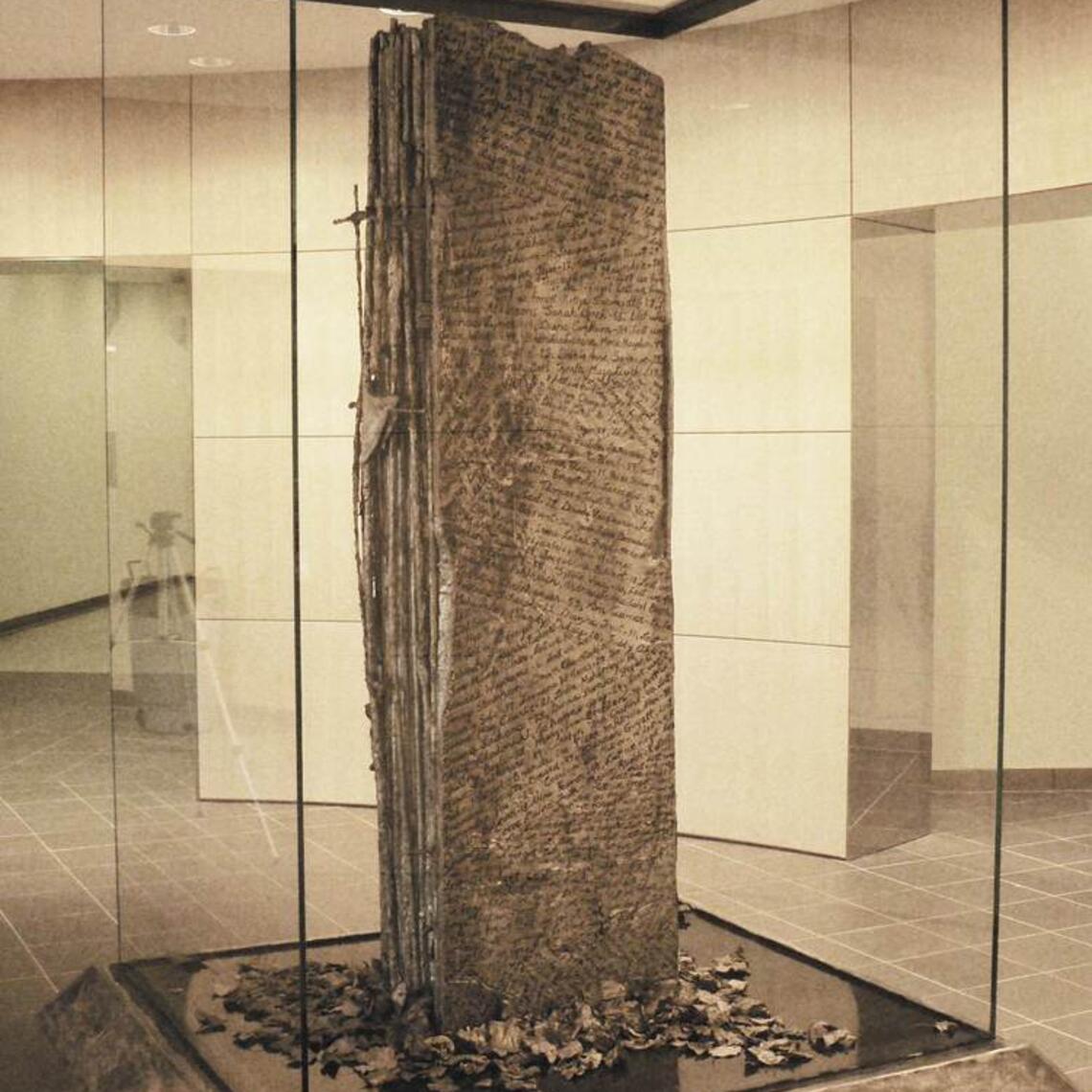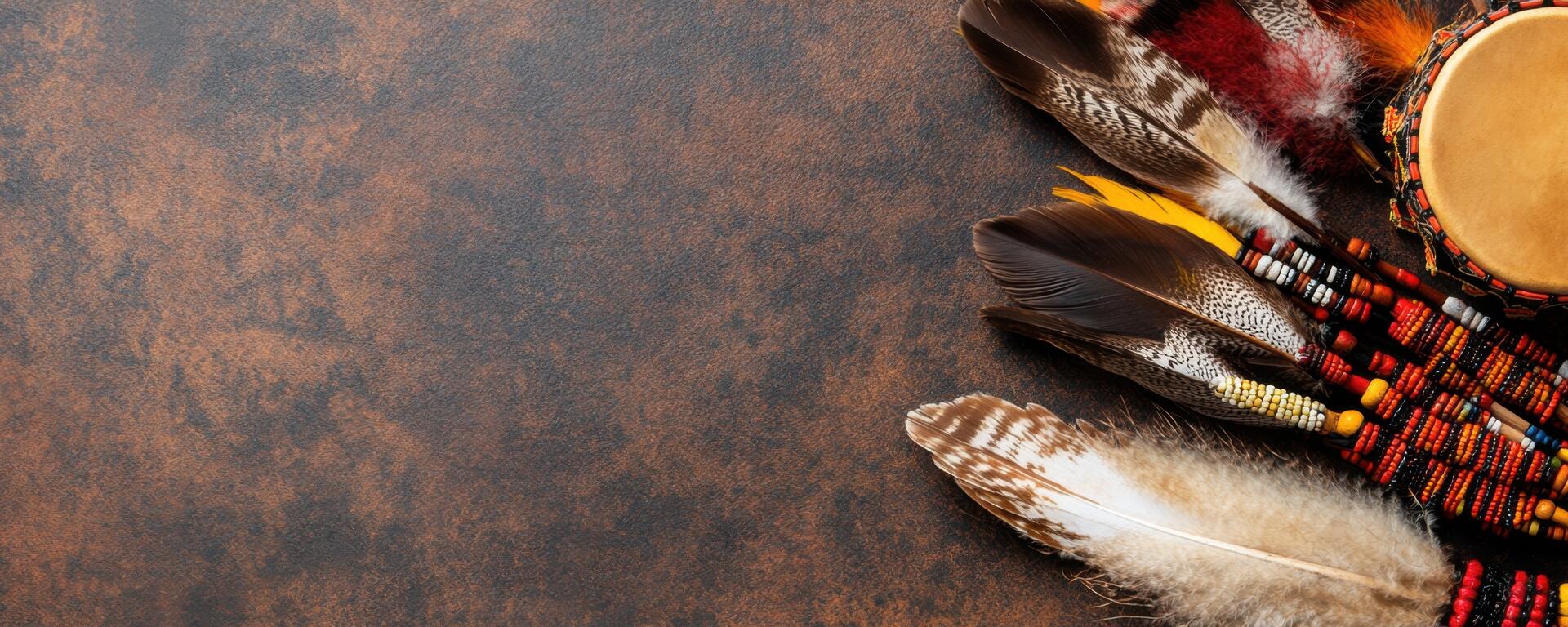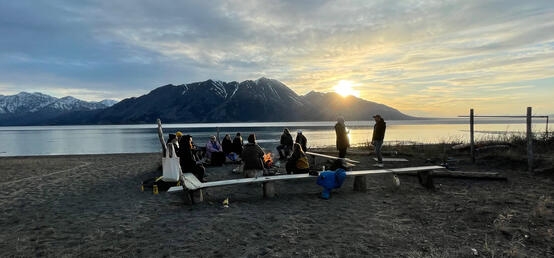Walking parallel paths, together, in a good way
The Faculty of Law recognizes the underrepresentation of Indigenous peoples within the legal profession and the importance of equitably developing a legal profession that represents the diversity of the population.
The Faculty of Law at the University of Calgary is situated on the traditional territories of the People of the Treaty 7 Region in Southern Alberta, which includes the Blackfoot Confederacy (comprising the Siksika, Piikani, and Kainai First Nations), as well as the Tsuut’ina First Nation, and the Stoney Nakoda (including the Chiniki, Bearspaw, and Goodstoney First Nations). The University is also situated on the historic Métis homeland and territories of the Métis Nation within Alberta, the Otipemisiwak Métis Government (Districts 5 and 6).
Looking for additional resources about attending UCalgary, funding and academic support? Visit Writing Symbols Lodge
Our Commitment to Reconciliation
In 2017, we convened our first standing committee on Indigenous strategy. Now the Indigenous Strategy and Student Support Committee, our mandate includes not only developing responses to National Calls to Action and the University of Calgary’s Indigenous Strategy (ii' taa' poh' to' p), but implementing a comprehensive Indigenous strategy at the Faculty level to prepare future members of the Canadian legal profession to serve the needs of Indigenous communities and peoples across Canada, and foster deep meaningful reconciliatory action in their practices and communities. Supporting our current Indigenous law students and recruiting future Indigenous law students is a top priority of our work.
We strive to ensure that non-Indigenous students are well positioned to start their legal careers being able to view the law with an understanding of the history and complex relationships between Indigenous peoples and the Canadian justice system, while ensuring Indigenous students are empowered and well-supported in following their passions.
We have been intentional in our initiatives in incorporating parallel processes, Indigenizing curriculum, increasing intercultural capacity, and enhancing meaningful, respectful, and reciprocal relationships.
Some of our work through the years include:
- Visiting Blackfoot Crossing Historical Park – the site of the signing of Treaty 7 – for a day of Treaty education in the Foundations of Law and Justice course;
- Incorporating the Law Society of Alberta’s Indigenous Cultural Competency Education “The Path” and the Canadian Bar Association’s “The Path” programming into the Foundations of Law and Justice course;
- Incorporating the blanket exercise into the Negotiations block course;
- Integrating Indigenous and Critical Race perspectives, and anti-racism training;
- Since Fall 2023, we have partnered with the Alberta Court of Justice to grow and encourage participation in the Indigenous Judicial Shadowing Program.
- In Spring 2024, we offered our first Indigenous LSAT® Preparation Program in partnership with the Law School Admission Council (LSAC). We continued this important initiative in 2025 and increased student capacity twofold;
- In Fall 2024, we added an option for students to earn a Concentration in Aboriginal and Indigenous Law as part of their JD studies. We are proud to be the first and only law school in the Prairies to offer this Concentration to all students to focus their studies on these legal perspectives. Our first Concentration Graduating class convocated in Spring 2025;
- In Fall 2025, we partnered with the Alberta Courts, the Law Society of Alberta, and Siksika Nation to host an Indigenous Law Day at the Calgary Courts Centre.
- In Spring 2025, we hired our first full-time Indigenous Assistant Professor and full-time Indigenous Specialist, Indigenous Education & Reconciliation.
In addition to incorporating meaningful Indigenous content throughout our curriculum, we have expanded our second and third-year program offerings, including topics such as:
- Indigenous Peoples and the Law
- Indigenous Legal Theory
- Residential Schools Settlement Agreement
- Selected Topics in Indigenous Peoples and the Law
- Legal Practice: Indigenous Business Law
- Reconciliation & Lawyers
- Negotiating Indigenous Rights
- Law of Modern Treaties
- Indigenous Economic Development
- Restorative Justice
- MMIWG
Our committee works closely with the student-lead Indigenous Law Student’s Association to support students and provide opportunities to engage with legal issues, Indigenous legal academics, Indigenous practitioners, and Indigenous Knowledge keepers and Elders. This includes guest lectures, funding for conference activities, and support for student-led initiatives.
We hope to contribute to a more diverse and inclusive legal profession by ensuring Indigenous students interested in attending law school have the support they need throughout their time at UCalgary Law, and that they will be able to thrive in their legal careers.
Are you a prospective Indigenous applicant? Learn more about the Faculty's Indigenous Students Admission Process.
Our Stories
Article
Indigenous artwork important step in law school's reconciliation journey
'Balance' represents a journey through justice, the importance of fairness, and genuine respect for humanity
Article
New law course helps future lawyers better understand Indigenous treaties
Students learn first-hand from Yukon First Nations leaders
Article
From cold cases to the classroom: Alum brings advocacy to UCalgary Law
UCalgary Law's new course focuses on Missing and Murdered Indigenous Women, Girls, and 2SLGBTQ+ people
Indigenous Art at UCalgary Law
Balance, by Kalum Teke Dan
Balance, by Kalum Teke Dan, hangs in the main lecture hall of UCalgary Law, MFH 2370. Featuring a mountain backdrop, a bald eagle, the scales of justice and a vibrant hummingbird, Balance represents a journey through justice, the importance of fairness, and genuine respect for humanity.
Kalum originates from the Blood Tribe in Southern Alberta. Although being raised in the big city and mostly self-taught, Kalum credits his family and traditions for creating strong influences in his early life. Creating works of art in oil acrylic and watercolour, Kalum has become known for his strong portraiture and stunning wildlife depictions. He bases his painting on real people, those who portray the strength and pride as a whole. With the animals he paints, Kalum manages to depict a spirit on canvas.

The Rain Man, by Dale Auger
The Rain Man, by Dale Auger, hangs at the top of the central stairwell and can be seen from the atria on the third and fourth floors.
A Sakaw Cree from the Bigstone Cree Nation in northern Alberta, Dale Auger was a prolific visual artist, storyteller, playwright and comedian. His vividly coloured acrylics have captured the complexities of Indigenous history, as well as the intricate links between Indigenous spirituality and the natural laws of the land.
Auger studied at Grant MacEwan College, Mount Royal College, Alberta College of Art and Design, and the University of Calgary, where he completed his Bachelor of Education (1992), Master of Education (1996), and PhD in Education (1999).
His acrylic and oil paintings are held in many notable public and private collections around the world. He is also the author of an award-winning children's book, Mwakwa Talks to the Loon, for which he was awarded Aboriginal Children's Book of the Year in 2006, and received the 2007 R. Ross Annett Award for Children's Literature.

Lest We Forget, by Teresa Posyniak
In 1994, Lest We Forget found a permanent home on the University of Calgary campus, through the efforts of Dean of Law Sheilagh Martin and some law faculty alumnae. The piece by Calgary artist Teresa Posyniak remembers and protests violence against women through language, motifs of nature and ominous images of deterioration and disappearance. The sculpture, which is close to a storey high but with a broken-off top that suggests its reach could be much higher, sits in the airy main foyer of the Law Building. The location was deliberately chosen to encourage members of the legal profession to be mindful of feminist social justice and legislative inadequacies in the protection of women.
In addition to the names of the 14 women killed at L’École Polytechnique in 1989, the sculpture includes the names of Aboriginal women and sex trade workers who were the victims of gender-based violence. The piece serves to honour all victims, but also to draw attention to the inadequacies of the legal system which is supposed to protect all Canadians, and the reason why its placement in the Faculty of Law is so meaningful.




